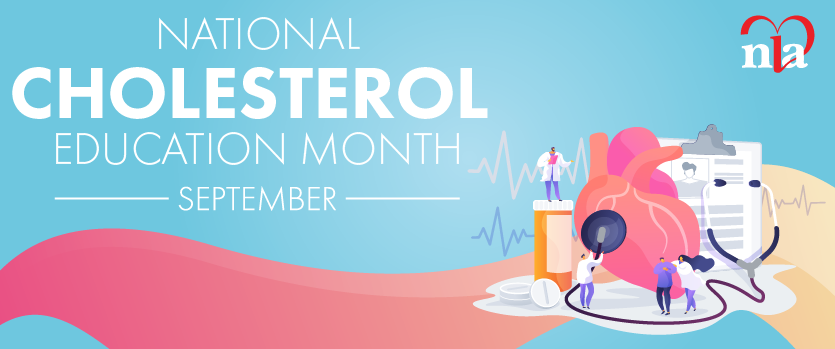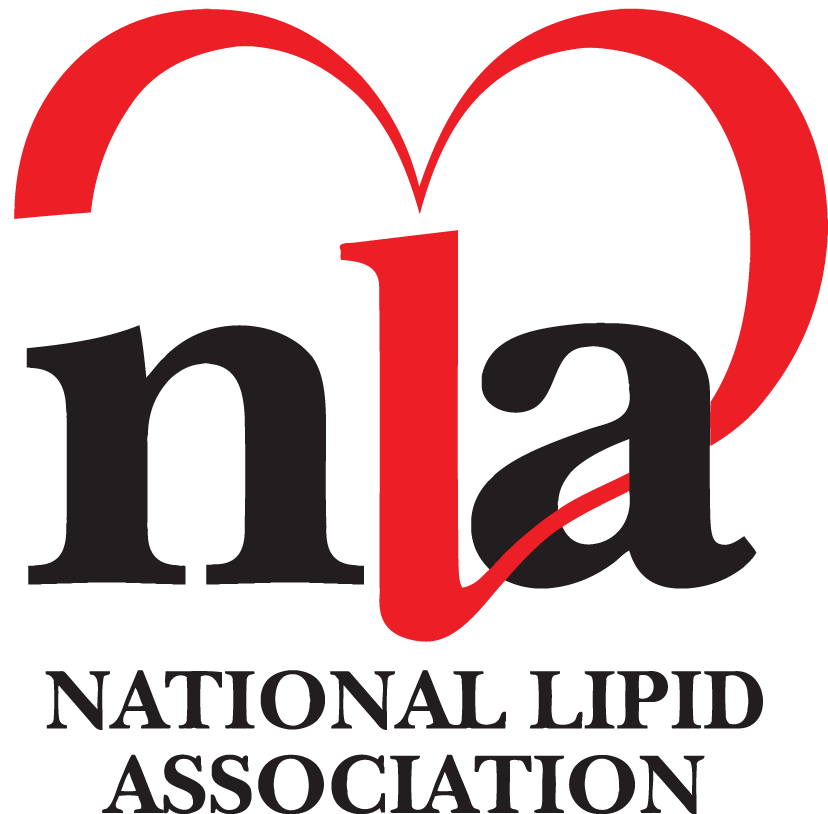Like many young clinicians starting out, Daniel Steinberg, MD, PhD, did not intend to build a career in Clinical Lipidology. But the Harvard-trained biochemist had motivation to pick a field quickly: it was 1950, the Korean War had just broken out, and he had served less than two years in World War II. His thesis supervisor, Christian B. Anfinsen, MD, had just accepted a position at what was the newly created National Heart Institute-if Dr. Steinberg accepted a job there, he would not need to enlist in the war.
The NHI's first director, James Shannon, MD, took interest in the research on lipoproteins and heart disease conducted by John Gofman, MD, PhD. His curiosity trickled down to Dr. Anfinsen, who put together a group of clinically oriented researchers, including Dr. Steinberg, to work on cholesterol and lipoproteins in relation to coronary heart disease. The work of that group and others around the world strongly suggested a causal relationship but the final proof awaited a randomized, double-blind clinical trial. In 1974, the Coronary Primary Prevention Trial (CPPT) launched with 3,600 male subjects who had high cholesterol. Half were given cholestyramine and half were given a placebo; subjects who had taken the bile acid sequestrant had a statistically significant decrease in heart attack risk. The success of the CPPT—the first largescale, double-blind trial to show that lowering cholesterol decreased heart attack risk—helped position the National Institutes of Health to make the lowering of blood cholesterol levels a major public health goal.
When Dr. Steinberg went to the University of California-San Diego in 1968 he wanted to find out just how LDL led to atherosclerotic heart disease at the molecular level. In the 1980’s, Michael Brown, MD, and Joseph Goldstein, MD, published a paper showing that the macrophages would not take up lowdensity lipoproteins (LDL) very quickly, which was surprising since macrophages tend to become loaded with cholesterol in atherosclerosis. Drs. Brown and Goldstein postulated that LDL molecules must first undergo some chemical or physical modification before they could be rapidly taken up by the macrophage. Dr. Steinberg and his colleagues showed that oxidation of LDL converts it to a form recognized by specific receptors, receptors that don't recognize native, unmodified LDL.
Dr. Steinberg now serves as a professor emeritus for the University of California- San Diego, where he worked for the past four decades. Many people would be surprised to learn that, at age 90, he still goes into the office on weekdays and writes avidly—in 2007 he published The Cholesterol Wars, and he just completed a book on "missed Nobel prizes."
Recently, Dr. Steinberg wrote to the ATP IV Panel, urging its members to be more aggressive in recommending treatment for hypercholesterolemia at a much earlier age. Looking ahead, he hopes research will shed light on why high-density lipoprotein appears to be a negative risk factor. The mystery of HDL is important, Dr. Steinberg said, "because the epidemiology is so clear cut that a breakthrough in this area could yield some of the most promising developments.






.jpg)
.png)











